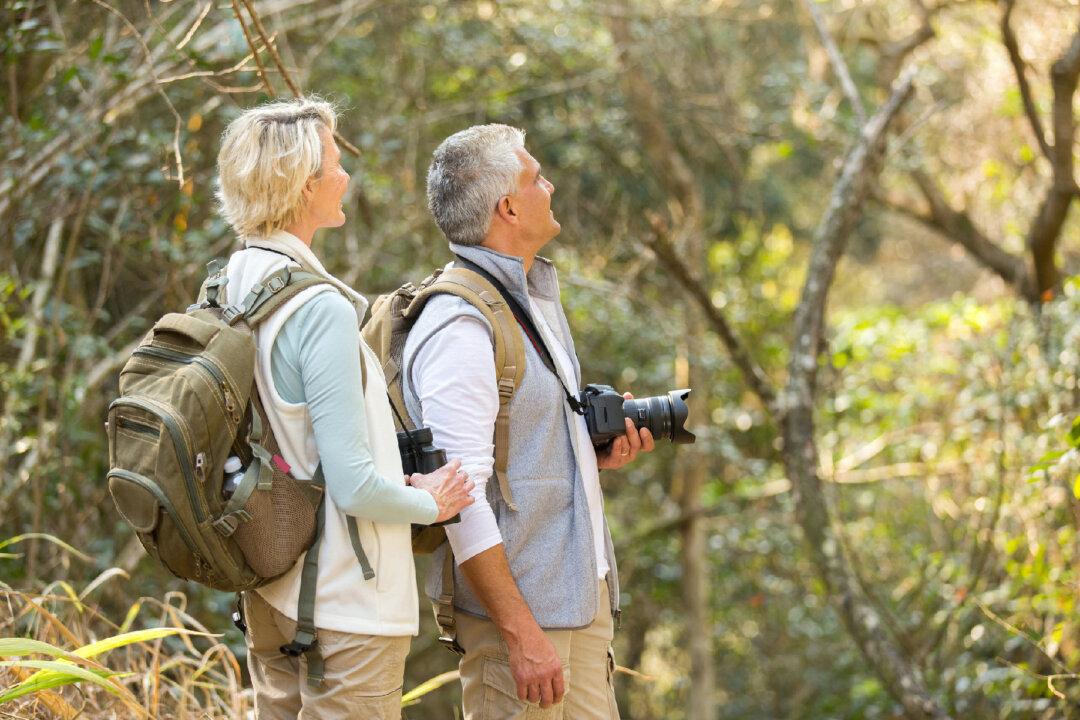Some people love to climb soaring mountains, pedal an off-road bicycle over challenging terrain, or venture into ocean caves that have lured divers to their deaths. More, however, prefer a gentle stroll through inviting scenery, steering a bike along flat paths, or snorkeling to watch fish swimming below the surface.
Soft adventuring is one of the fastest-growing segments of the travel industry, and it appeals to everyone—from children to those who blow out dozens of candles on their birthday cakes. It encompasses a long list of outdoor activities that people with virtually any physical ability can enjoy. That includes the over-50 crowd, one of the fastest-growing population groups in the United States.





